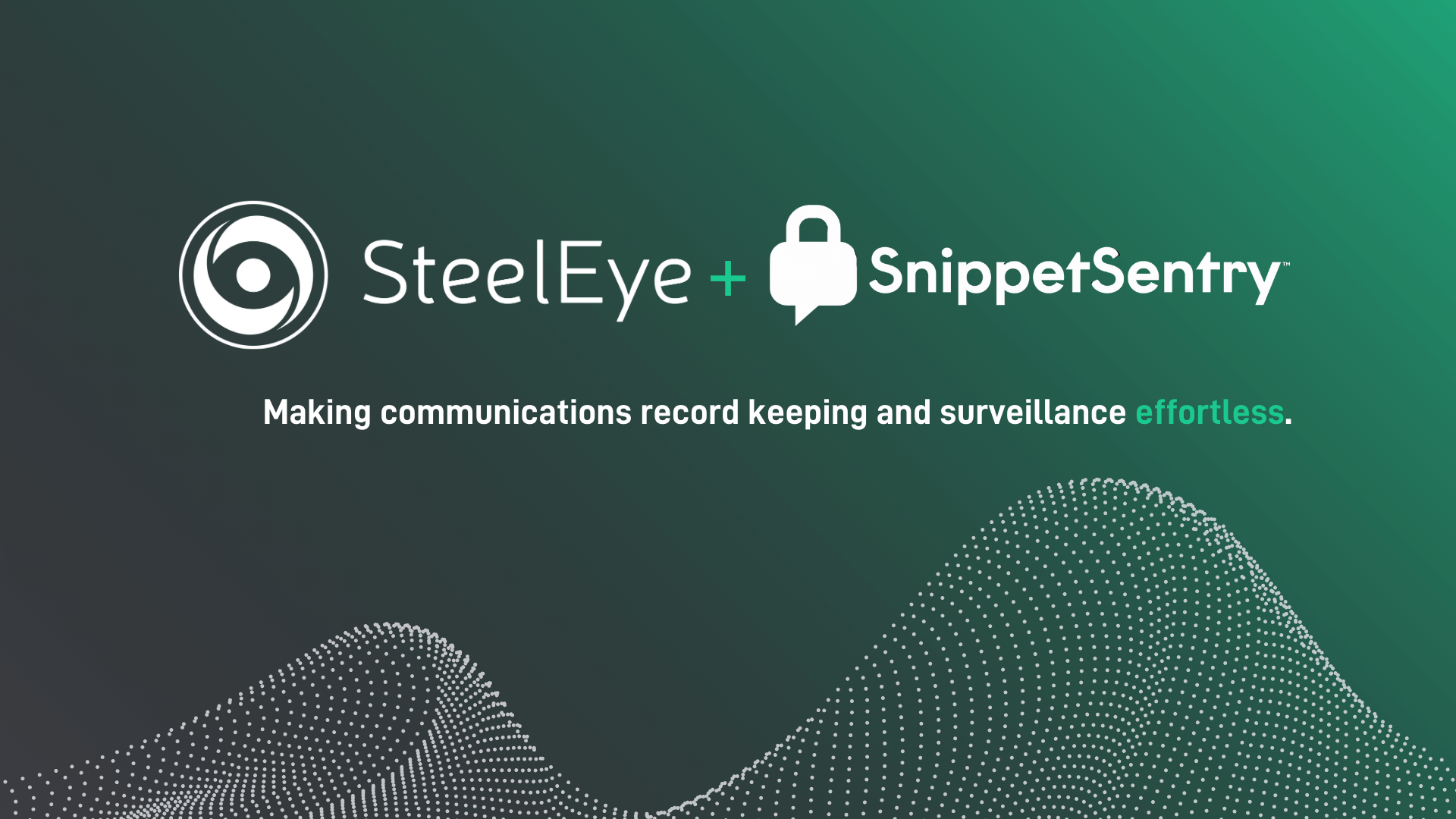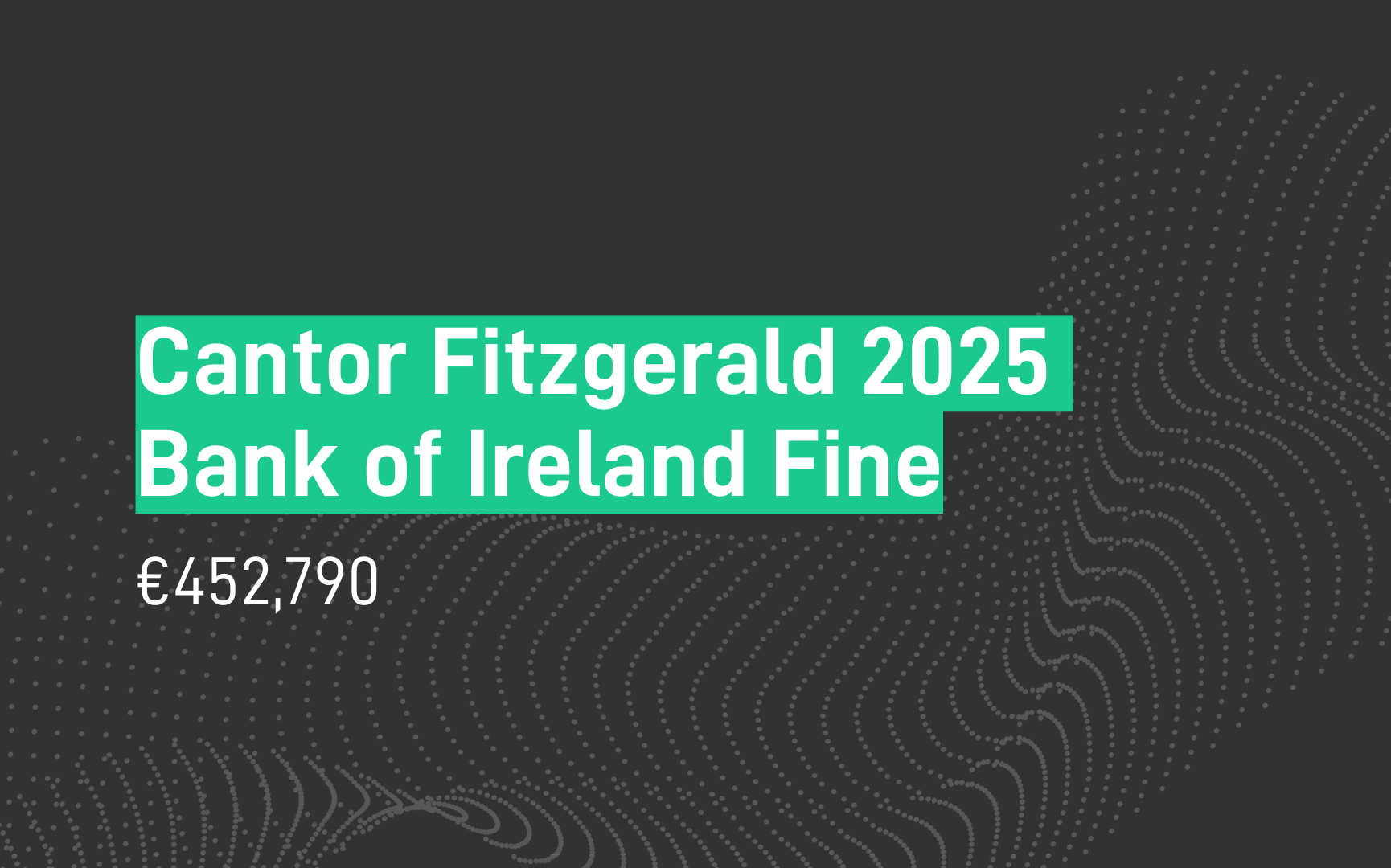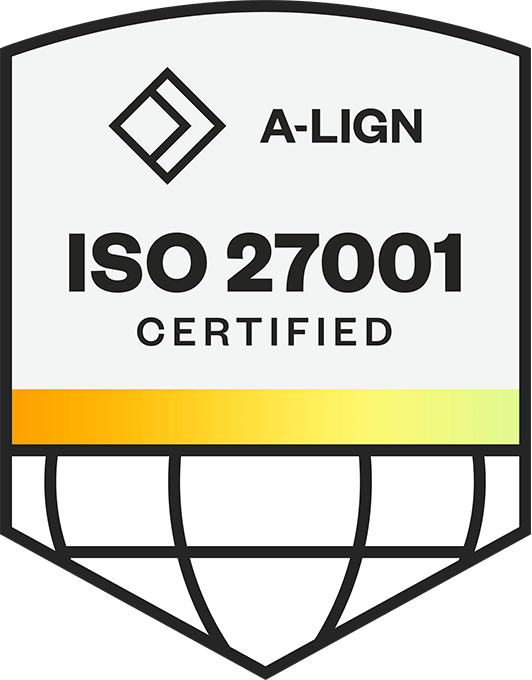Since MiFID II was implemented at the start of 2018, financial markets have struggled to adapt to the new and rigorous regulatory requirements. Recently, high profile cases have brought the consequences of non-compliance into the spotlight, with UBS and Goldman Sachs both receiving fines of £27.6m and £34m respectively, for misreporting their data.
The aim of compliance, however, is not to penalise financial institutions, but to increase transparency and eventually enable a more competitive and fair marketplace to emerge. For MiFID II to deliver on its aims, firms need to move away from the perceived negatives and wake up to the opportunities that MiFID II can deliver for their own operations and the marketplace alike.
In this Finextra article, SteelEye CEO, Matt Smith, urges firms to change their negative outlook on MiFID II and wake up to the opportunities that the directive can deliver.
Stumbling blocks
It is difficult to refute that the implementation of MiFID II has been challenging. Recently, it was discovered that 1,335 firms notified the FCA they had filed inaccurate transaction reports in the first year. Prior to this, The European Securities and Market Authority (ESMA) asserted that there was a sizeable deficit in the quality, timeliness and completeness of MiFID II data submission.
There are various factors underpinning this. Many smaller firms have struggled to cope with the labour-intensive, complex and voluminous data requirements, forcing a large reallocation of resources. For some of these companies, still reliant on manual input methods or equally inadequate systems, satisfying MiFID II’s Best Execution and Transaction Reporting obligations has not been easy.
In addition, many large financial institutions are still utilising legacy systems that do not allow for data to be integrated across different sources. Compliance data is often required in a specific and consistent format, meaning that when it’s pulled from myriad sources, financial institutions struggle to aggregate and make sense of it, thereby affecting the quality of compliance.
MIFID II’s first year was also arguably marked by regulator inaction. Late last year, Gina Miller, head of wealth management company SCM Direct, called for the Treasury to investigate the Financial Conduct Authority (FCA) for its lack of regulatory enforcement, after fifty financial firms breached transparency rules while it only followed up with eight.
Firms must wake up to the benefits
Despite the clear challenges facing firms and the industry as a whole, if the benefits of the regulation are to be realised, a change in the approach and attitudes of financial institutions themselves is needed. Firms should replace their ‘tick-box’ approach to regulation with a renewed optimism, founded in the genuine benefits that a more positive attitude to regulation can bring.
Holistic solutions now exist to help companies comply with MiFID II more cost-effectively and efficiently, reducing the regulatory and resource burden of which firms often complain. These systems also enable institutions to consolidate and format their data onto a platform that can be viewed on a single interface, helping them to identify market trends and scrutinise employee performance, as well as optimise their business performance as a whole. As these solutions are adopted more widely, financial markets will be able to realise the benefits of MiFID II and the challenges previously encountered will diminish.
There have been obstacles implementing MiFID II thus far but fortunately, effective compliance can be translated into competitive insight and adopted as part of a long-term business strategy. Regulators are clearly now focusing more closely on their responsibilities with regards to MiFID II, so the onus lies with financial institutions to invest in and utilise these tools to comply, improve the performance of their business and increase the transparency of financial markets.
About SteelEye
SteelEye is a RegTech and data analytics firm that was established to reduce the complexity and cost of financial compliance and enable firms globally to manage their regulatory obligations through a single platform.
SteelEye’s ability to bring together, cleanse, index and analyse structured and unstructured data across all asset classes and communication types enables clients to effortlessly meet their regulatory needs, because when all this data is in one place, compliance becomes both easy and cost-effective. And with everything under one lens, firms also gain fresh insight into their business, helping them improve their efficiency and profitability.
To date, SteelEye has launched solutions for record keeping, trade reconstruction, transaction reporting, trade and communications surveillance, best execution reporting, transaction cost analysis and advanced analytics for regulations including MiFID II, EMIR, Dodd-Frank, SMCR and MAR.

.jpg)







